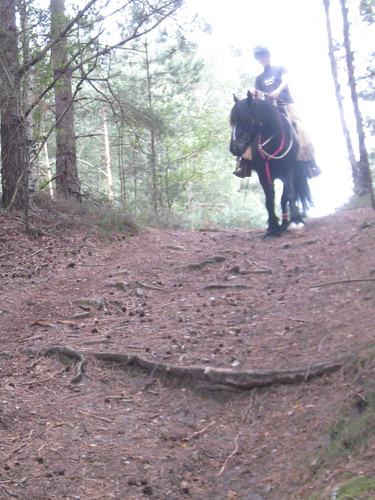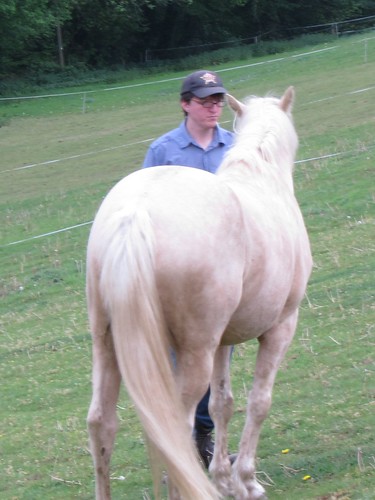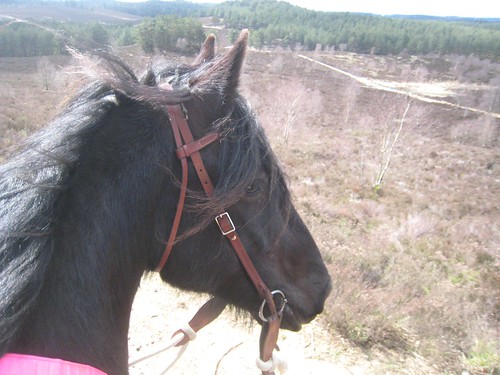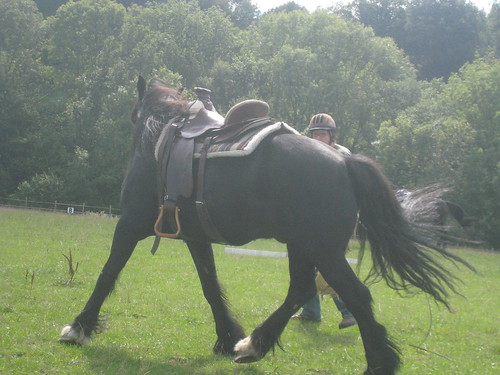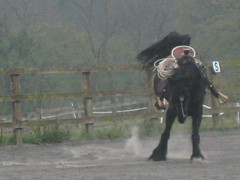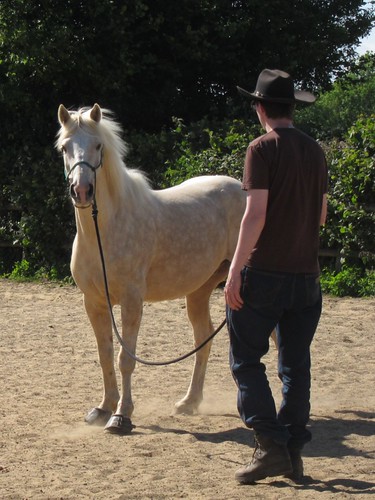Every horse wants to be the best horse in the world.
I have argued this case in the past with my people who believe that some horses are just mean and lots of horses just want to survive, but I think better of them than that- I think that every horse wants to be the best horse in the world.
If they could overcome their physical constraints and their emotional concerns your horse would definitely be the best horse in the world. Then you’d be happy because your horse was the best horse in the world and they would be happy because they were the best horse in the world and it would be a very good situation for everyone involved.
So why has this situation not arisen for all of us with our horses? Often I think it’s because we don’t know how to show them what being the best horse in the world involves, sometimes it is because they physically can’t do the things we are asking them for.

I think there is benefit to taking this attitude- it gives me a very positive outlook on the horses I am working with and helps me stay focussed on clarity in my work and on looking for what is important to the horse I am working with. I also always give a horse the benefit of the doubt as regards their physical capacity- if I think there may be a physical problem I will try to find a solution for it before I push the horse harder to do something they aren’t capable of. That doesn’t mean not working them at all and it doesn’t mean I’m going to stop handling them in the way I always do, but if I suspect they may be being prevented by pain then finding a way of discovering what the problem is and how to resolve it will be my first priority. I would rather have a horse who I had confirmed to be sound and have wasted a bit of money and a few weeks when we could have been working harder than to try and force the issue with a horse who was uncomfortable and risk causing both physical and emotional problems.
There is a difference between a horse trying and not being able to do something that is asked of them and not wanting to- in the latter case the horse has spent too long not understanding what is being asked of them or not understanding why it is being asked of them. After a while the cue is likely to either become something they ignore or it will them anxious or grumpy. If they don’t know what they are being asked for but they are still trying to find it, then you can usually find a new way of making it clearer – break the problem down into smaller pieces and make sure that there isn’t something else which is setting the horse up to fail before they start. For example, if I was asking a horse to load into a horsebox but they didn’t lead up really well, I would need to fix the leading before I started working on the loading. This is usually a case of patience, experimentation and lateral thinking.
It is more difficult to explain to a horse who has given up on searching for an answer why they should start to try again. There are a lot of different ways of explaining the “why” part and you will have to think through what you are happy with- some people favour a “because you will have a tasty treat” other people feel that “because I said so” is reason enough. I fall further into the second camp- partly for reasons I have explained elsewhere – for a horse I am working with the “why” they should look for an answer is that if they make a try towards what I’m asking them for ( or in the case of a shut down horse a try of any kind ) their life is going to be very comfortable, whereas if they decide to ignore what I’m asking for, they will probably find things getting quite energetic and hectic and they might had to work hard for a while. Then I will give them some time to think and set the question up again, to see whether they are inclined to try. If they aren’t, then I probably need to do more to make it hard for them to ignore the request or ignore me. I never want to make a horse anxious or bothered, but if it comes to a choice between doing something that gets their attention and makes them a little concerned about me for a moment and not getting their attention, I will always choose the former.
The question of finding the will to try is so important to realising your horse’s potential- they can’t become light, or soft or willing until they start looking for what you are asking them for and they won’t learn to try harder if you don’t reward the tries they give you. It is very easy to get a really great step and instead of stopping, taking a break and maybe quitting for the day, you ask for just one more step. Then the horse thinks they must have done the wrong thing and starts trying everything else instead. This is, so far as I can tell, something everybody does from time to time and we are fortunate that our horses let us off from these kinds of mistake and keep on working at getting along with us. But it does make sense when you think about it- after all, they are trying to be the best horse in the world.

